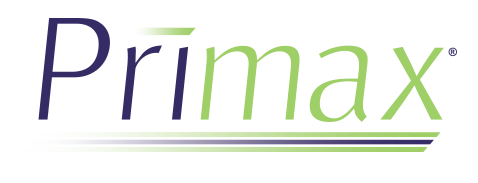By: Lynn Heckler, EVP, Chief Talent Officer
So, your organization made a commitment to and began building a culture of inclusivity. Now what?
There is still a need for a strong DEI vision, mission and strategy. I would highly recommend that you co-create a framework with leaders and employees, as this is not something that should be done in a vacuum, but a great opportunity to share ownership of the movement. There is no one correct prescription here – make your mission, vision and strategy your own. Also, keep in mind you do not need a large workforce in order to have resources dedicated to DEI. These roles are typically almost 100% volunteer roles.
Let’s take a look at how our organization approached the creation of our DEI vision, mission and strategy.
Defining Roles and Responsibilities
Given our size and the breadth of the initiative, we needed to define some roles and responsibilities that put a bit more structure in place. In order to execute on the strategy, we established a formal steering committee that is really at the heart of our DEI organization structure. We have one paid full-time position, with the rest of the steering committee roles being filled by employees who have stepped up in a volunteer capacity due to their interest and passion. Every role has a job description, and employees must apply and be interviewed by a diverse panel.
In order for all employees to have an equitable opportunity to succeed, we looked at our employee demographics to identify areas of opportunity to advance underrepresented groups. From there, we developed our DEI strategy roadmap, of which a majority is aimed at talent management processes that have a very critical impact on DEI. It is extremely important as part of operationalizing DEI to ensure that DEI is embedded throughout the talent lifecycle. That means reviewing all talent processes, including talent acquisition, promotions, performance management, compensation and succession planning
All of these processes have to be reviewed to ensure bias is mitigated and diverse employees have equal access to opportunities within your organization. Though it may seem like a lot of heavy lifting, this is actually the point at which you are operationalizing DEI in your organization.
Measuring Progress
Once you have created the strategy, it is imperative to have metrics in place to measure progress. The key here is transparency.
To that end, we created DEI dashboards and resources for leaders, and we publish our metrics – even if they are aspirational. Data is available online to leaders and employees. While there are areas that clearly still need improvement, being open and honest about where we are, even if it is not where we want to be, is such an important part in communicating our strategy.
The best metric we have found to measure DEI is in the form of Gallup’s DEI Index. We added the four questions that comprise the index to our employee engagement survey a few years ago. I am thrilled to report that we were able to accelerate the impact of our efforts, even during the pandemic.
Stay tuned for the final blog post in our DEI series, when we will take a look at the evolution of work life and its impact on the path to parity.
Lynn Heckler has served as executive vice president and chief talent officer since May 2011. Since joining the organization in 2001, Heckler has shared her passion for creating a culture of inclusion, leadership development and engagement in the workplace, advancing our initiatives for inclusion and diversity, women’s leadership, learning and organizational development, corporate insurance, facilities and more.




